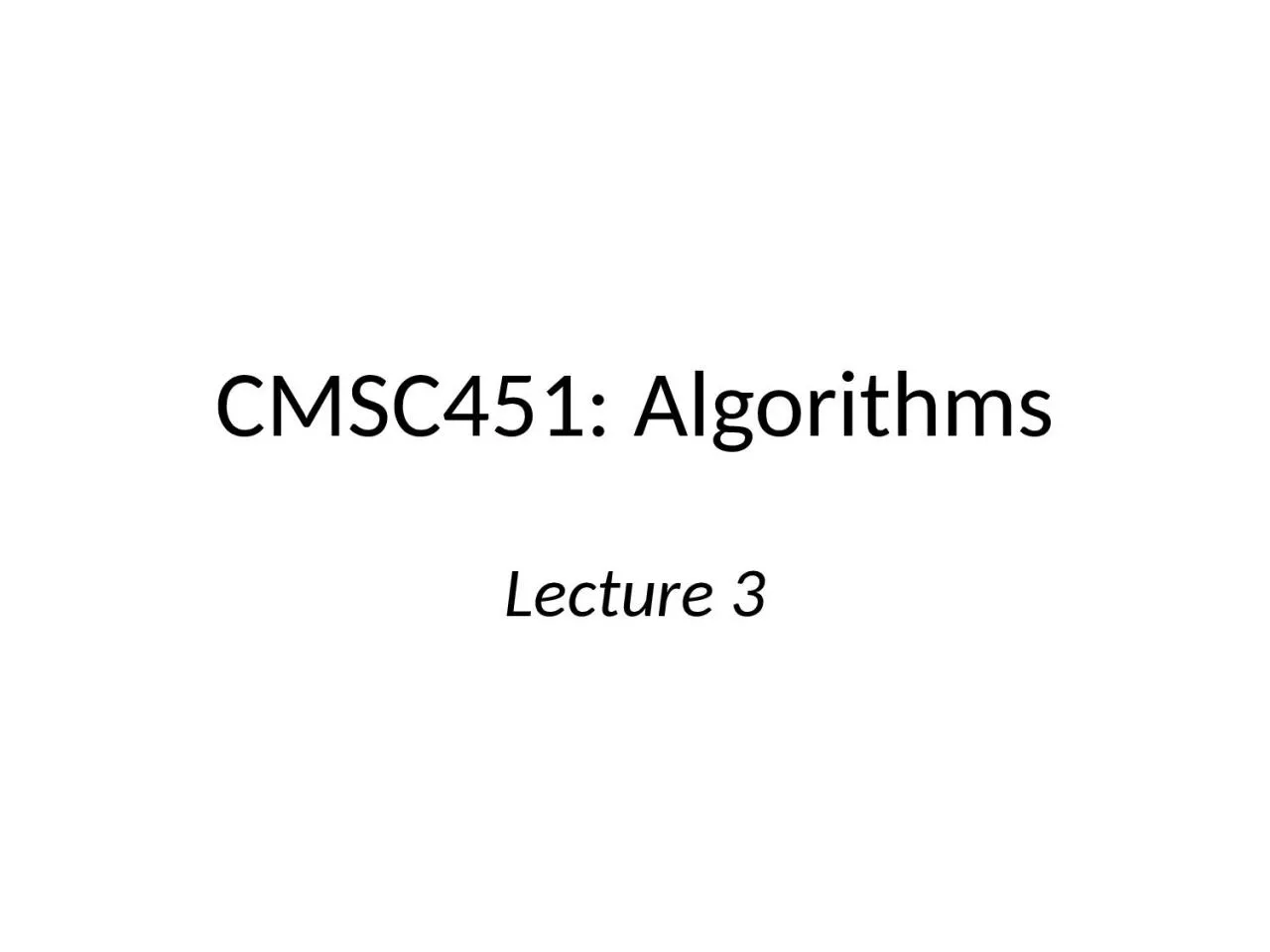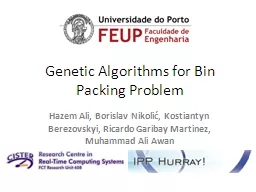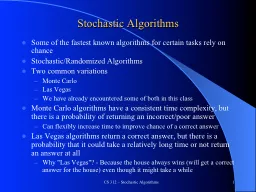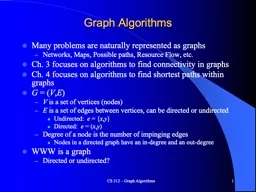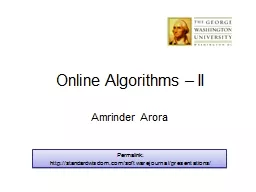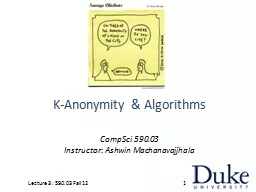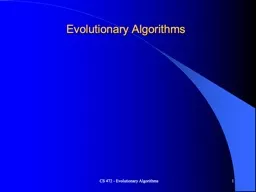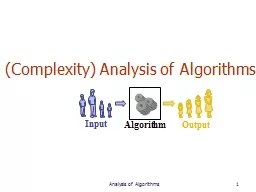PPT-CMSC451: Algorithms Lecture 3
Author : edolie | Published Date : 2023-06-23
Reminders HW1 is out on ELMS Gradescope Check that you can upload No class Monday Labor Day No inperson lecture on Wednesday Lecture will be prerecorded available
Presentation Embed Code
Download Presentation
Download Presentation The PPT/PDF document "CMSC451: Algorithms Lecture 3" is the property of its rightful owner. Permission is granted to download and print the materials on this website for personal, non-commercial use only, and to display it on your personal computer provided you do not modify the materials and that you retain all copyright notices contained in the materials. By downloading content from our website, you accept the terms of this agreement.
CMSC451: Algorithms Lecture 3: Transcript
Download Rules Of Document
"CMSC451: Algorithms Lecture 3"The content belongs to its owner. You may download and print it for personal use, without modification, and keep all copyright notices. By downloading, you agree to these terms.
Related Documents

